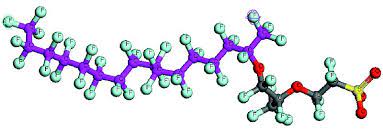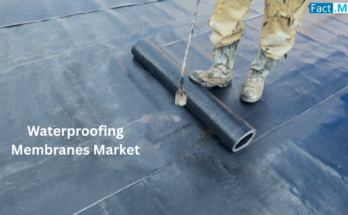Attributed to excellent mechanical properties and high ionic conductivity, nafion membranes have become the material of choice in flow batteries and hydrogen production. These technologies enable companies to store energy and maximize the production of renewable energy without impacting the stability of the utility grid. Surging demand for large-scale electrical energy storage systems and increasing adoption of nafion membranes in long-life flow batteries are set to reap fruitful opportunities for players in the nafion market.
The global nafion market is poised to witness a CAGR of 6% during the forecast period (2020 to 2030), and be valued close to US$ 1.3 Bn by 2030 end.
To remain ‘ahead’ of your competitors, request for a sample – https://www.factmr.com/connectus/sample?flag=S&rep_id=4965
Key Takeaways from Nafion Market Study
- Despite the development of alternate membranes, nafion has remained the ideal choice among fuel cell manufacturers, owing to its exceptional chemical stability, thermostability, durability, and mechanical strength.
- Momentum towards clean energy production is projected to fuel the cell market, and thereby the demand for nafion during the forecast period.
- On the basis of form, nafion membranes have remained the choice of end users, accounting for over half of global consumption.
- Nafion ion exchange membranes have remained popular for energy and chlor alkali applications, projected to surpass a market valuation of US$ 884 Mn by 2030.
- The chlor alkali industry is poised to expand at a CAGR of 6%, creating an absolute $ opportunity worth US$ 132 Mn through 2030.
- In terms of volume and value, East Asia has dominated the global nafion market, and is projected to account for over half of global consumption by 2030.
- Restrictions on import-export due to the COVID-19 pandemic have hit the production of nafion in East Asia, which holds a major share of the market, thereby impeding the growth of the nafion market to a great extent.
“Increasing demand for proton exchange membrane fuel cells from the automotive sector is set to augment the growth of the nafion market throughout the forecast period”, says a Fact.MR analyst.
Nafion Market: Segmentation
Fact.MR has segmented the nafion market on the basis of form, application, and region.
Form
- Dispersion
- Resin
- Membrane
Application
- Energy
- Fuel Cels
- Hydrogen Production
- Energy Storage
- Chemical Processing
- Chlor Alkali
- Catalysts
- Ion Exchange
- Semiconductors
- Waste Recovery
- Others
- Drying & Humidification
- Single Tubing Systems
- Multi Tubing Systems
- Others
Region
- North America
- Latin America
- Europe
- East Asia
- Rest of the World
Strategic Partnerships among End-use Consumers and Market Players to Boost Sales Revenue
The call for sustainable alternate solutions has given birth to fuel cell engines, charging, energy storage, and flow battery technologies. To address these challenges, nafion manufactures have strategically partnered with clean energy producers. For instance, to address the energy storage challenge, The Chemours Company partnered with UniEnergy Technology LLC (UET), which is a redox flow battery (RFB) manufacturer located in Mukilteo, Washington. Further, in order to align with the market trend of ion exchange membranes with high current efficiency, Dongyue Group successfully passed the assessment of China Membrane Industry Association and won a patent award for the same in 2019. Targeted strategic initiatives with end users will not only deepen their roots but also boost the growth of the nafion market.



